Your cart is currently empty!
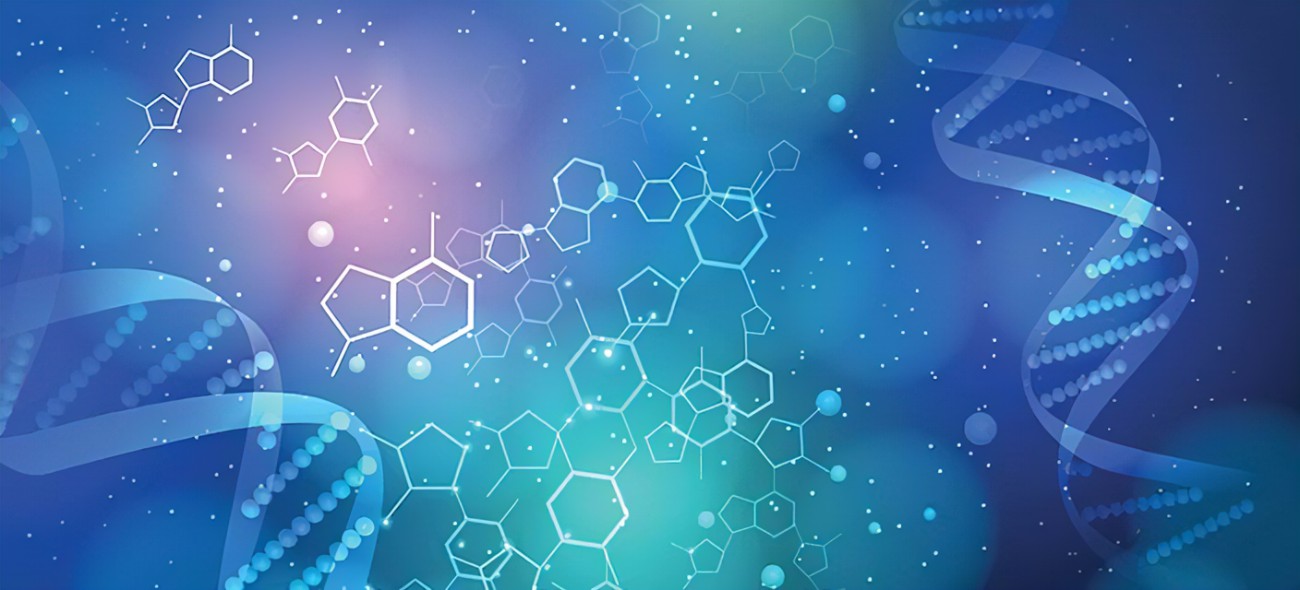
IGF-1 LR3 – 1 mg
Production of IGF-1 (Insulin-like growth factor 1 / insulin-like growth factor 1, Igtropin) in the body stimulates the human growth hormone (HGH, which is a metabolite / precursor and is converted in the liver to said IGF-1)
Description
Production of IGF-1 (Insulin-like growth factor 1 / insulin-like growth factor 1, Igtropin) in the body stimulates the human growth hormone (HGH, which is a metabolite / precursor and is converted in the liver to said IGF-1). IGF-1 has mostly a very strong anabolic effects and stimulates the metabolism of amino acids in the body – increasing protein synthesis, RNA synthesis increases, promotes fat metabolism and glucose transport, decreases protein breakdown. IGF-1 LR3 is particularly suited for building massive new muscle.
IGF-1 can even stimulate hyperplasia – the growth of new cells. Due to its high – the anabolic properties of IGF-1 won deservedly and rightly so great popularity, especially among bodybuilders and athletes as an effective means of stimulating the growth of muscle mass and strength, and the conversion of fat into energy. IGF-1 consists of 83 amino acids, it is essentially the most powerful anabolic hormone present in the body.
The number of muscle cells after reaching adulthood / end of puberty in the human body stabilizes and then continued to increase. Traditional supplements and exercise can only achieve effects hypertrophy, i.e. the usual increase in size of existing muscle cells, but the number of muscle cells remains unchanged – already during life more match (this also applies when using AAS – anabolic-androgenic steroid, which is the result just only mentioned hypertrophy of muscle cells, ie only increases their volume, but they can not increase their number). However, the use of IGF-1 Long R3 (along with exercise and proper nutrition) can cause so. Hyperplasia of muscle cells, or a real growth of new muscle cells and a real increase in their number in the muscle tissues !!
IGF-1 LR3 is an improved version of the synthetic IGF-1 having prolonged effect. Its comparison with the effects of endogenous IGF-1 produced in the body by the liver, however, remains unclear, and this question many bodybuilders opinions diverge: While some talk about excellent effects of IGF-1 LR3, others call them as weak. Here it should be noted also that buy really good IGF-1 is a significant problem, because the market is literally flooded with its inexpensive but ineffective fakes, which can, in many cases, the real reason why many bodybuilders not achieve significant results, thinking , but that “the received IGF-1”. Generally as a rule the results of using AAS (anabolic-androgenic steroids), in combination with IGF-1 LR3 more stable.
Effects of IGF-1 LR3:
- IGF-1 has a strong anabolic effects (effectively helps build new muscle mass and increases protein synthesis)
- IGF-1 has potent anti-catabolic effects
- IGF-1 can induce hyperplasia – a real growth of new muscle cells and fibers!
- IGF-1 is not detectable in doping controls
- IGF-1 promotes fast and strong regeneration
- IGF-1 causes the overall regeneration of all tissues in the body
The optimal and safe dose IGF LR3 is 50-150 micrograms a day, 7 days a week, recommended cycle time of 2-4 weeks. IGF-1 LR3 remains active in the body for about one day.
IGF-1 or Insulin-like Growth Factor is a peptide that is capable of managing and regulating levels of growth hormone (GH). IGF-1 LR3 is a lengthened version of IGF-1. IGF-1 LR3 is a chemically altered amino acid chain made of 83 amino acids. At position 3 on the chain Glu(E) was substituted with Arg(R), which gives the name LR3. By making this substitution at position three, IGF-1 is inhibited from binding to certain proteins in the body, thus increasing the half-life (https://www.prnewswire.com/news-releases/igf-1-and-long-igf-1-lr3-is-there-a-difference-us-peptides-discusses-190362251.html).
Effects of IGF-1 on Growth Hormone Secretion
IGF-1 is a peptide that acts similarly to insulin, and its main function in the body is to stimulate growth by increasing GH secretion from the pituitary gland, as well as regulating cell growth and cell death. The functioning of the pituitary gland and the hormones it secretes decreases with aging, however, IGF-1 is capable of bypassing the pituitary gland and is able to elicit the same response as GH does.
There have been extensive animal-based studies conducted on the functioning of IGF-1 in the body. As was previously mentioned, levels of GH and IGF-1 steadily decrease over a lifespan, and with the lower hormone levels comes a myriad of side effects such as increased fat mass, cardiovascular dysfunction, decreased muscle mass, and declined cellular protein synthesis. As GH is secreted in the body, it prompts the release of IGF-1 from the liver, which in turn regulates the growth effect throughout the body.
IGF-1 and Longevity
Research has shown that while decreased levels of GH and IGF-1 lead to the deterioration of various physiological functions, these decreased levels have also shown promise in increasing life span. Multiple studies have been conducted connecting deficiencies in these hormones to the length of lifespan and how different variables such as diet can further affect an animal’s lifespan.
For example, a recent study examined animals that had a significant mutation in the growth hormone releasing hormone receptors (GHRHR) which led to decreased levels of circulating GH. Due to the decrease in GH secretion, the secretion of IGF-1, which is driven by GH release, was also drastically reduced. The animals experiencing these deficiencies only grew up to ⅔ of the control subjects. However, the interesting part of this study mentioned how as the animals aged there was no clear reduction in longevity despite the obesity that developed, but when these animals were placed on a low-fat diet, lifespan increased by 30%. That being said, further research will be conducted regarding the correlation between the growth hormone-IGF-1 axis and the pathology of aging and overall longevity (https://academic.oup.com/biomedgerontology/article/57/5/B177/620569).



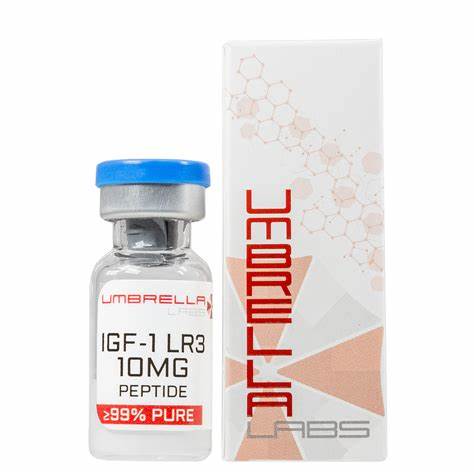
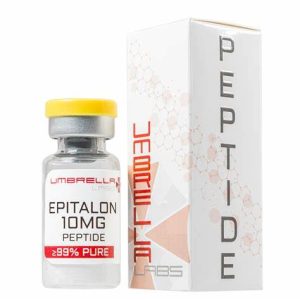
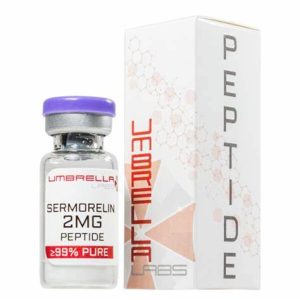
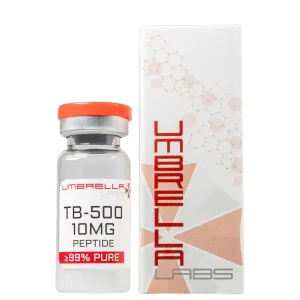
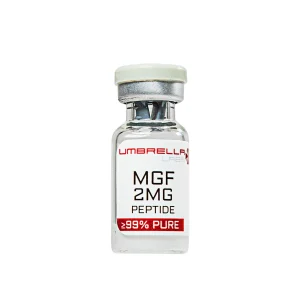
Reviews
There are no reviews yet.